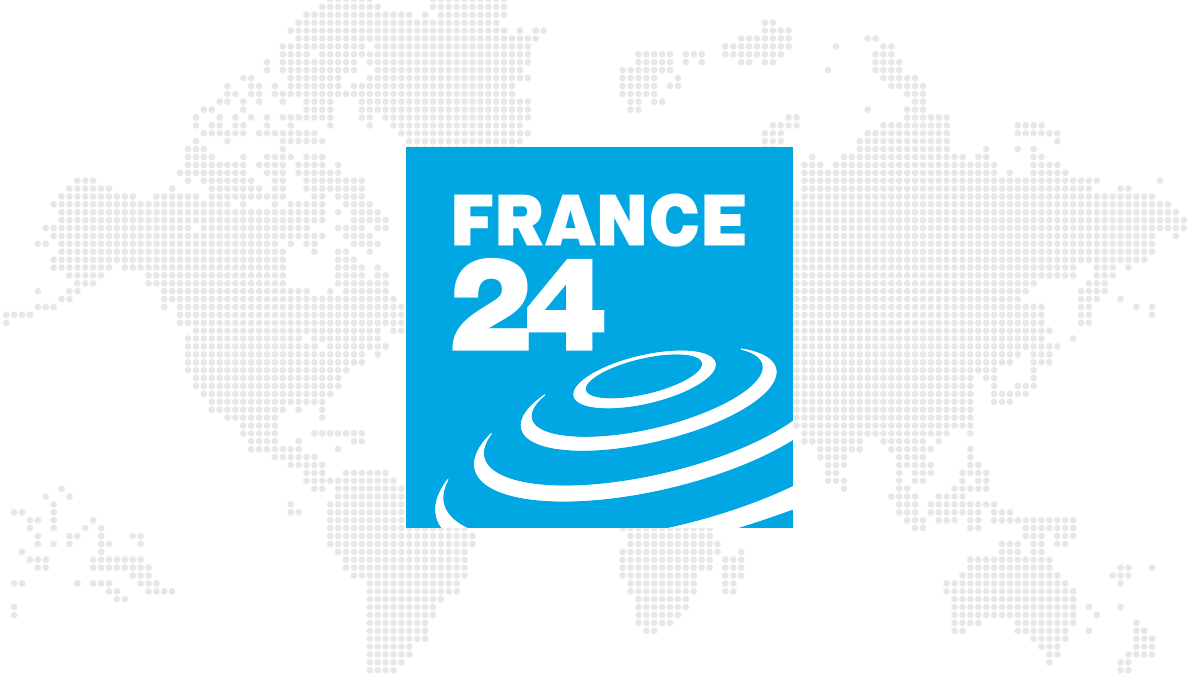Washington (AFP)
Biologists on the west coast of the United States and Alaska had never seen this: tens of thousands of dead seabirds washed up on beaches, on 6,000 kilometers of coastline.
The birds, murres of Troïl, were emaciated, emaciated: starved. Scientists and volunteers collected 62,000 carcasses between summer 2015 and spring 2016, and they estimate that this corresponds to only 5 to 10% of the total number, a balance of between 600,000 and 1.2 million birds dead (many die without being found), in a study published Wednesday in the journal PLOS ONE.
The cause: an unprecedented wave of sea heat in the North Pacific that has reduced the quality and quantity of phytoplankton and disrupted the food chain, in a glimpse of the domino effect that global warming and oceans can cause.
The drop in plankton has affected the fish that depend on it (sardines, herring, anchovies, etc.), which in turn has reduced the prey available to birds.
The Guillemots, black and white birds 40 cm long, are "a force of nature," said John Piatt, biologist for the federal agency United States Geological Survey, AFP. They have colonized all the coasts of the Northern Hemisphere, from California to Europe and the Arctic, and are excellent swimmers: they dive 200 meters deep to catch fish.
But their Achilles heel is that they have to eat half their weight every day. "It all depends on their chest muscle, if they can't eat for three or four days, they burn their whole muscle" and can no longer fly or dive.
By comparison, after the oil spill of the oil tanker Exxon-Valdez in March 1989 off the coast of Alaska, 30,000 carcasses of birds had been collected, leading to a total estimate of 300,000 to 600,000 volatile birds.
The marine heat wave created a cascading catastrophe: in the 2015, 2016 and 2017 breeding seasons, a total of 22 colonies produced no offspring, unheard of for any marine species, says John Piatt.
Where did the heat wave come from? From an unfortunate coincidence of natural and cyclical weather phenomena, El Nino and the Decennial Pacific Oscillation, as well as a large body of relatively warm water that appeared in the Pacific at that time, called the "blob".
To this is added a clear trend, which is not cyclical and adds its effect over and over, year after year: the warming of the oceans.
"Global warming is in the background," says John Piatt.
"A warmer ocean is a very different environment and creates a very different coastal ecosystem for many species," added co-author Julia Parrish of the University of Washington. Birds are the first signal, she says.
© 2020 AFP

